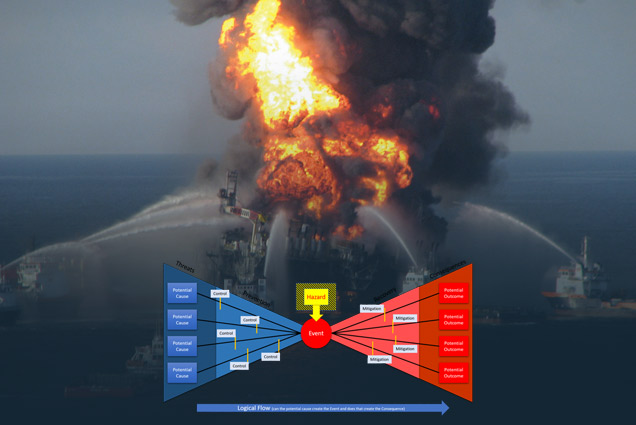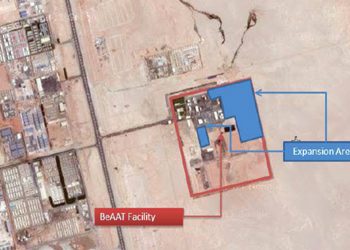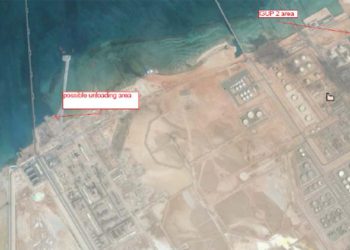Bow Tie Analysis

Bow Tie Analysis is a simple method to identify where new or enhanced controls may be worthwhile. It is a vital part of risk treatment planning, especially where there is a high level of risk or where control effectiveness is evaluated as low.
A bow tie diagram provides a visual representation of all credible accident scenarios that could exist around a certain hazard. It links threats and consequences to an event that are controlled by various prevention as well as recovery measures (barriers).
A bow tie is a graphical description of pathways from the causes of a risk or an event to its consequences in a simple qualitative cause-consequence diagram. It is a simplified mixture of a fault tree that evaluates the cause of a risk or an event, the left-hand side of the diagram, and an event tree that evaluates the consequences, the right-hand side.
The focal point of bow tie analysis is on the barriers or controls described to the left-hand side of the knot that can change the likelihood of the circumstance or event, or on those on the right-hand side that can change its consequences.












